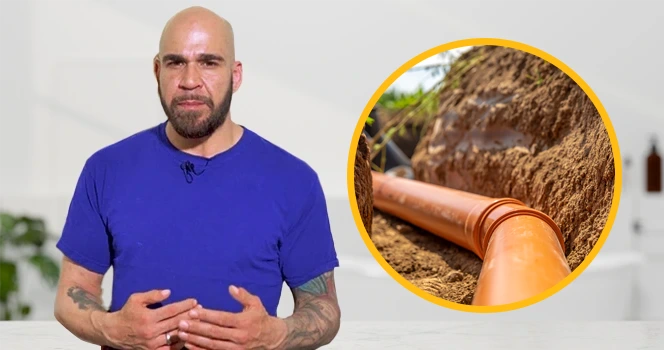Drain Relining Slough
Drain relining is a technique that does not require any digging. It is used to repair any damage inside drains without having to go for an excavation. This helps minimize costs. Drainage specialists use a new lining or pipe and align it to the damaged section of the pipe. They secure the lining against the damaged pipe through air pressure. This is done in order to make sure the drain is back to its normal functionality. At Plumber Slough, we specialize in providing leak detection Slough services. So, if you have any questions to do with leakages, then reach out to us.
Sewer Pipe Relining
Drain lining means adding a polymer lining to the inside of the drain. This process is known as a cured-in-place pipe (CIPP). Drain experts position a lining inside a drain, which then sticks to the existing pipe, sealing in any cracks or holes. As a drain lining is essentially a polymer pipe within a pipe, the overall diameter of your drain will reduce slightly. However, this method is ideal as it minimizes the need to dig up the area around the drain. It is also unlikely to cause any problems at all. Our dedicated team of drainage experts also provide sewer service in Slough. If you are seeking services in that area, then you know where to turn to.
Drain Lining Repair Slough Without Digging
Since we brought up the CIPP process, it is important to understand why a CIPP is necessary. There was a time when damaged drains meant having to manually dig up the drain area in order to reach the problem. However, thanks to technology such as the CIPP, you now no longer need to worry about that. The CIPP procedure uses trenchless technology. This means opting for very little digging. The cost is also reasonable and doesn’t take a long time to do.
How Long Does Pipe Relining Last?
A drain lining could last for quite a long time. Having a lining put in place gives your drain a longer life span. This procedure could extend the life of your drain by at least 50 years and even more. Do keep in mind that pipes are vulnerable to all sorts of elements that would easily affect the lining and damage it. Since drains are underground, they are easily susceptible to elements such as continuous running waste water, dirt, soil, tree roots, floods and other natural calamities. Not just underground, but even surface elements such as changing weather conditions, rain, snow etc. can also affect a drain’s condition.
